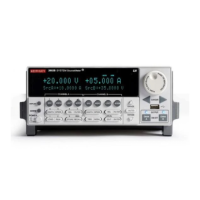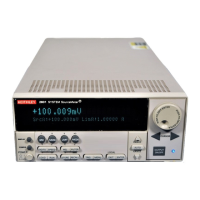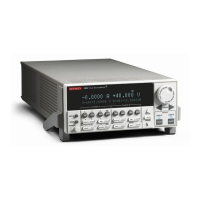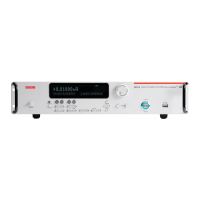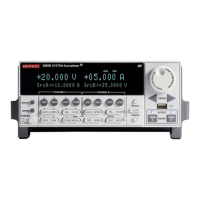7: TSP command reference Series 2600B System SourceMeter® Instrument
7-6 2600BS-901-01 Rev. C / August 2016
1 Structure of command usage: Shows how the parts of the command should be organized. If a
parameter is shown to the left of the command, it is the return when you print the command.
Information to the right are the parameters or other items you need to enter when setting the
command.
2 User-supplied parameters: Indicated by italics. For example, for the function
beeper.beep(duration, frequency), replace duration with the number of seconds and
frequency with the frequency of the tone. beeper.beep(2, 2400) generates a two-second,
2400 Hz tone.
Some commands have optional parameters. If there are optional parameters, they must be
entered in the order presented in the Usage section. You cannot leave out any parameters that
precede the optional parameter. Optional parameters are shown as separate lines in usage,
presented in the required order with each valid permutation of the optional parameters.
For example:
printbuffer(startIndex, endIndex, buffer1)
printbuffer(startIndex, endIndex, buffer1, buffer2)
3 Parameter value options: Descriptions of the options that are available for the user-defined
parameter.
Command details
This section lists additional information you need to know to successfully use the remote commands.
Figure 122: TSP Details description
Example section
The Example section of the remote command description shows some simple examples of how you
can use the command.
Figure 123: TSP example code
1 Actual example code that you can copy from this table and paste into your own programming
application.
2 Description of the code and what it does. This may also contain the output of the code.
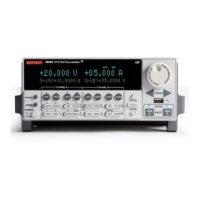
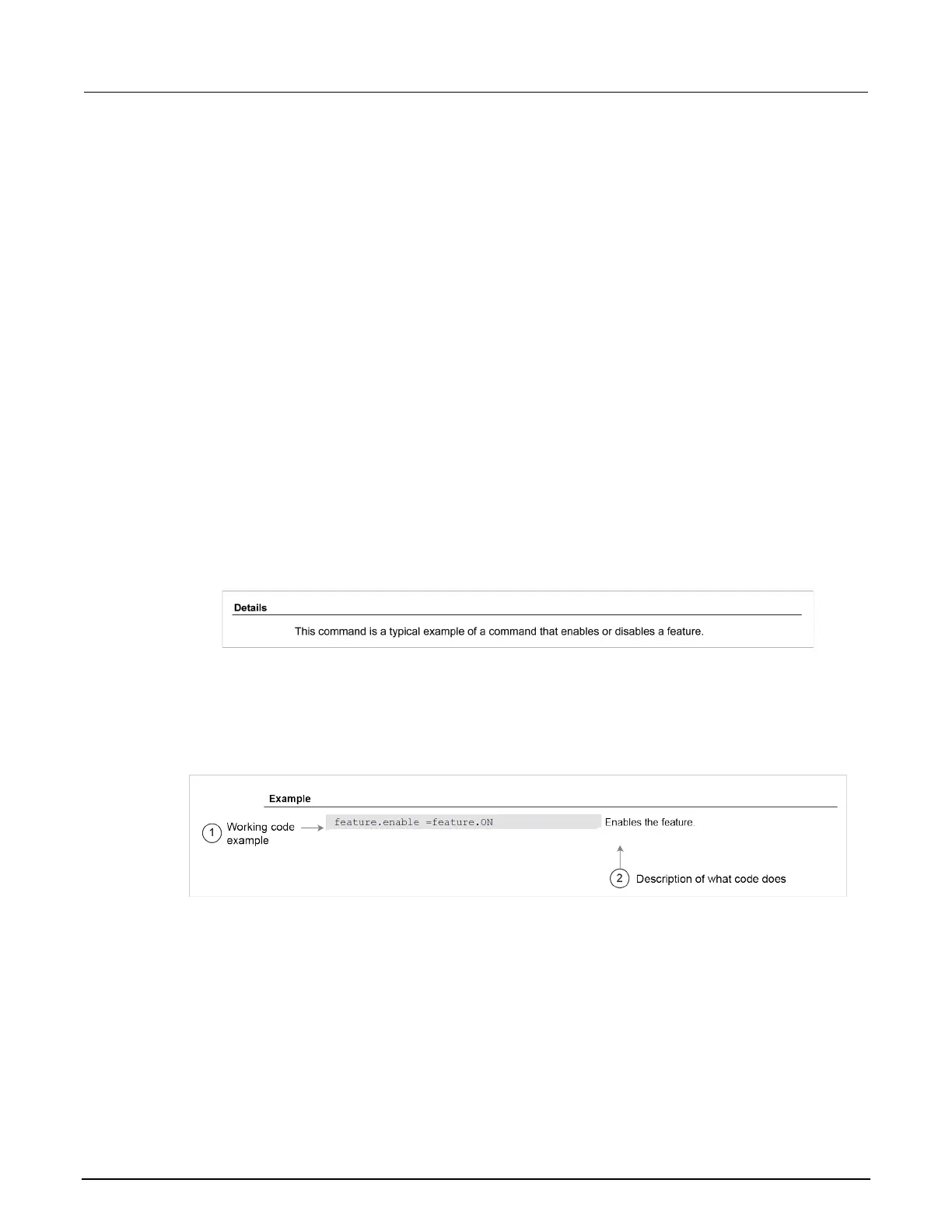